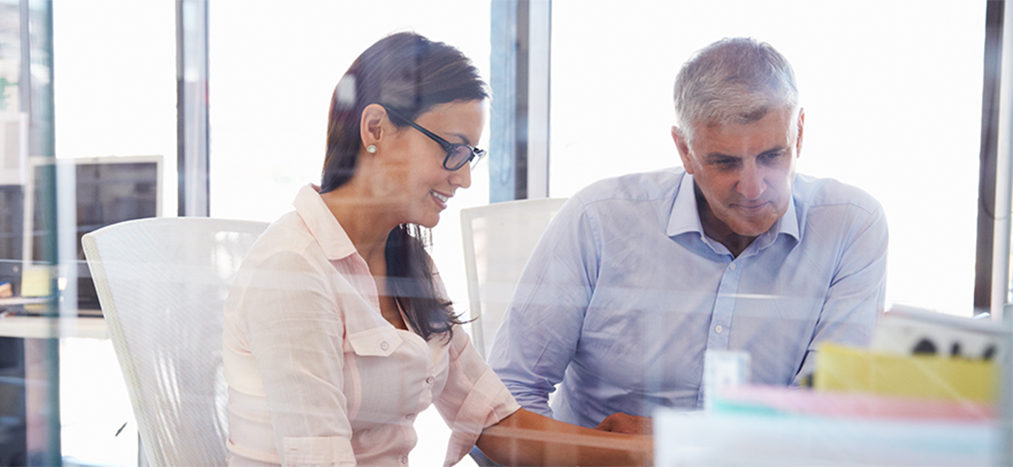As we install plenty of our architectural glazing in offices, we like to keep an eye on the latest trends in office and workplace design, and recently came across a paper authored by furniture manufacturer Teknion, in collaboration with a number of experts working in the field of office design. The paper looks at how employers can create a modern office space that responds to their employees’ needs and offers a ‘healthy, inspiring and sustainable’ environment to work in – we’ve summarised a few of the key discussion points that really resonated with us here at Architectural Wallsz below; you can read the full paper here.
Activity-based design
In years gone by, daily office routines were less sedentary, with employees having to walk more often to deliver memos, collaborate with colleagues and attend meetings in person. In the digital age, much of this is now handled on the internet or over the phone – in the typical modern office, it would seem that employees rarely leave their desks outside of their breaks. Activity-based design doesn’t have to mean incorporating a gym or a basketball court – it can be as simple as creating both open and enclosed spaces to encourage people to move around, collaborate and socialise. Another up and coming favourite is adjustable furniture that allows for working while standing up (if an employee is that way inclined).
Such solutions allow employees to burn calories while working, reduces stress and fatigue, and improve circulation and cognitive function. Experts would tell us that this leads to better health and a more alert brain, thus suggesting that employees will be happier and therefore more productive.
Social design and disruption
The open office phenomenon has led to unexpected consequences. Many workers find it difficult and exhausting to work around disruptions and noise, especially those not familiar with the millennial-loved multi-functional, open plan workplace. A lack of speech privacy can also stifle in-depth conversation or clarity in group collaboration. While it’s important for workplaces to support ‘fluid and spontaneous’ interaction, it’s equally important to offer quiet spaces away from distractions and noise, particularly for tasks that focus on writing, reading, analysing and thinking. An ideal environment should provide a mix of open and enclosed spaces to support how individuals cycle through the day.
Design after nature
Research shows that creating a connection to the natural world can help to improve workers’ health both physically and psychologically. Most employers are able to incorporate nature in even the smallest offices by bringing in plants, decorative motifs and opting for natural wood surfaces. The paper also discusses maximising natural light with windows, glass partitions (of which we offer plenty of solutions through our architectural glazing selection) and open spaces, and notes that some workplaces are even incorporating water features. Making natural choices can also be environmentally beneficial in reducing energy use.
If you’d like to find out more about what Architectural Wallsz do, our architectural glazing and glass wall partitioning products and services, or would like to request a quote, please contact us on 0121 374 0070 or email sam@awallsz.co.uk. We’d love to hear from you!






Sorry, the comment form is closed at this time.